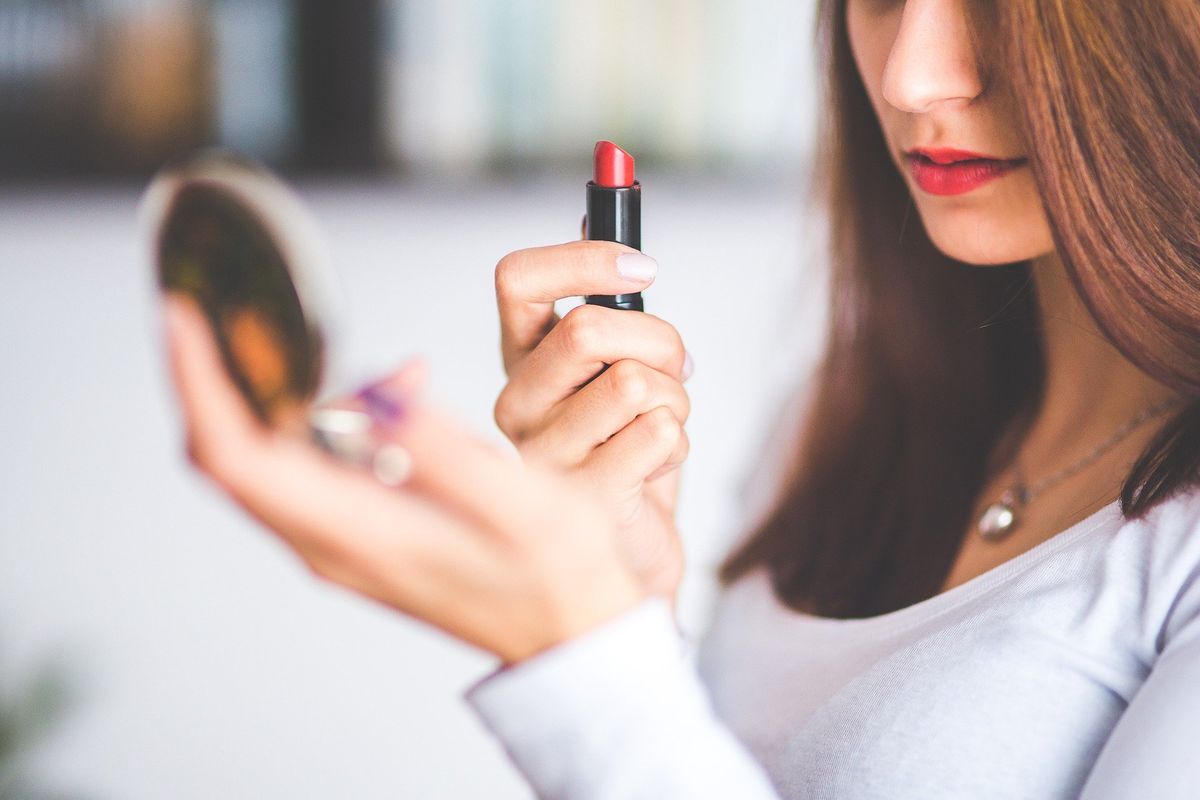Harvard Professor Calls for Phthalates Ban

Shower curtains, boots, fingernail polish and IV tubing are just a few of the consumer products that often contain phthalates, a family of chemicals that have been shown in numerous tests to decrease the production of testosterone, possibly leading to learning, attention, and behavioral disorders in children.
A Harvard professor says the chemicals have been widely used in consumer products for more than 50 years. There have been a few attempts to cut back on their use but now Prof. Russ Hauser says in a recent paper in the American Journal of Public Health that it’s time to ban their use entirely.
Researchers at UC Santa Cruz said earlier this year that they had developed a safe alternative to phthalates, using chemicals that do not leach out and get into the human food chain.
Hauser, a professor of epidemiology, notes that in 2017, the U.S. Consumer Product Safety Commission banned the used of phthalates in children’s products and toy manufacturers have successfully switched to other chemicals, showing that it is possible to get by without phthalates.
Phthalates are used primarily to soften plastic. The same rigid white plastic that is used in plumbing can be softened with the addition of phthalates, allowing it to be used in cosmetics, medical products like IV tubing and in such everyday products as shower curtains, food packaging and plastic boots.
They’re inexpensive and relatively easy to work with but unfortunately, phthalates aren’t so good for humans and other creatures.
“They’ve been shown to be anti-androgenic—in other words, they decrease testosterone,” Hauser said in an interview published by the Harvard T.H. Chan School of Public Health newsletter. “In studies with rats, it’s been shown that if you dose the pregnant mother, the offspring have defects of the male reproductive tract.”
There have also been studies in humans that have found harmful effects on development of the male reproductive tract, Hauser said.
In food and through the air
Phthalates are already spread widely in the environment. Humans exposed to them when packaging chemicals leach into food, and in the atmosphere, when they’re spread as dust from vinyl flooring, wall coverings and other everyday substances.
Studies have found that phthalates:
- Increase the risk of allergies in children;
- May increase the risk of pregnancy loss;
- Impair thyroid function in young girls; and
- Lead to a greater risk of type 2 diabetes, among many others.
The CPSC’s ban eliminated phthalates from toys but they are still used in hundreds, if not thousands, of consumer products. Some manufacturers are voluntarily cutting back on their use but Hauser says there’s no way to track how many products still contain the chemicals.
The cosmetics industry uses phthalates in lipstick, perfume, soaps and many other products. In the case of scented products, manufacturers are not required to list ingredients because they are classified as proprietary.
“Even though some products do list phthalates, it’s really hard for consumers to read the labels with these long chemical names. It’s really hard for even a very knowledgeable consumer to buy products and avoid phthalates,” Hauser said.
Are alternatives safer?
And then there’s the question of what will replace phthalates if they are banned. Hauser concedes that replacements may also carry risks.
“Manufacturers have already made substitutions in some products. However, we do need to study what they’re using for substitute chemicals—whether they’re using other compounds that may also carry risks,” he said.
The UC Santa Cruz researchers say their product is safe because it binds securely to PVC products and does not leach out.
“Unlike phthalates, our nonmigratory plasticizers physically can’t leach out,” UC Santa Cruz chemistry professor Rebecca Braslau said.
Her lab has produced several plasticizers, including two dubbed the “frog” and the “tadpole” because of their chemical structures. The “tadpole” is particularly promising, Braslau said, because it is much easier to produce than the “frog” and is the most effective of the plasticizing strategies examined.
“Fewer steps and fewer chemicals are involved in its synthesis. Importantly, it should be scalable for industrial use,” she said.
